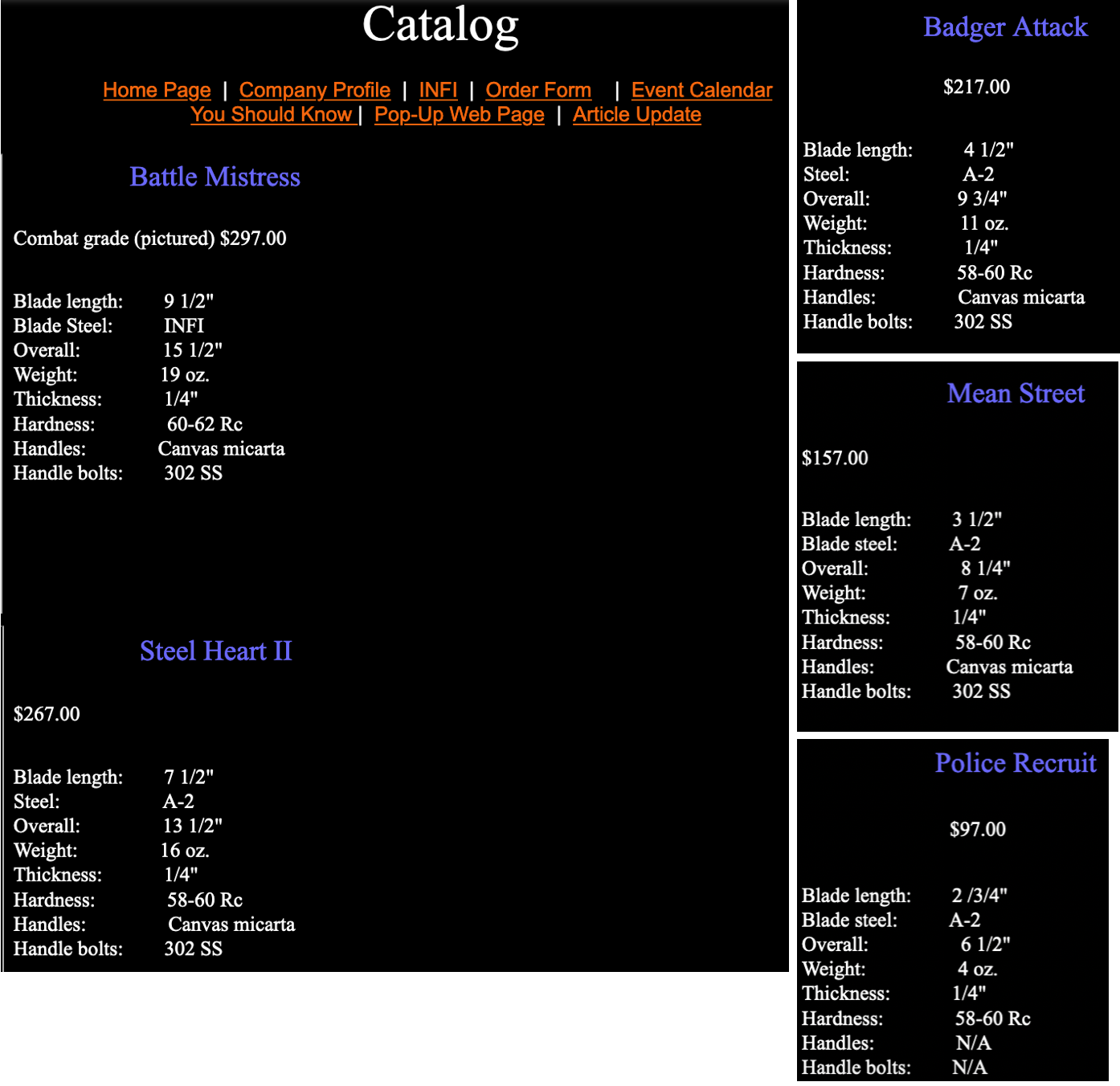How are these blades profiled from the shop after heat treatment? Aren’t they ground using a high speed belt sander? The gentlemen that did the work used water to cool the metal only on edges he was reprofiling such as an ax I gave him that had chips on it. As far as sharpening the blades, the edges weren’t on the belt sander long enough to get very hot, and cooled down, while he changed the each belt. But I did have a conversation with this gentlemen which is a master blade smith about heating up the edge and he made some very good points why it wouldn’t damage the edge. Lastly, I haven’t noticed any issues at all with my HR2 and I beat the hell out it, if fact the edge seems to be even stronger than before :/. The edges themselves have micro teeth, the bevel is polished. It’s a hybrid, best of both worlds, great for slicing and chopping



